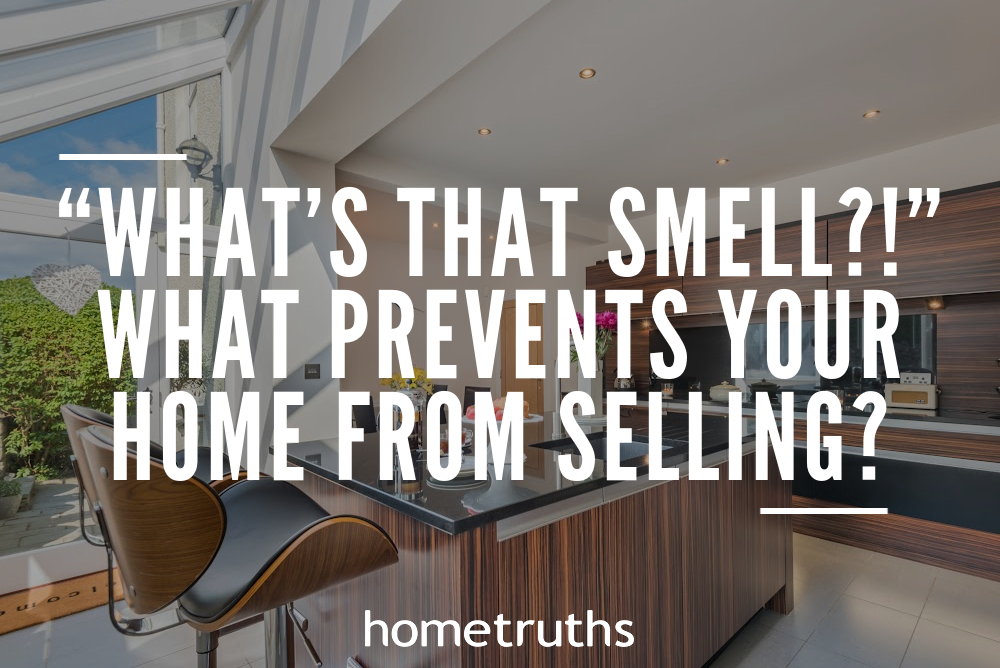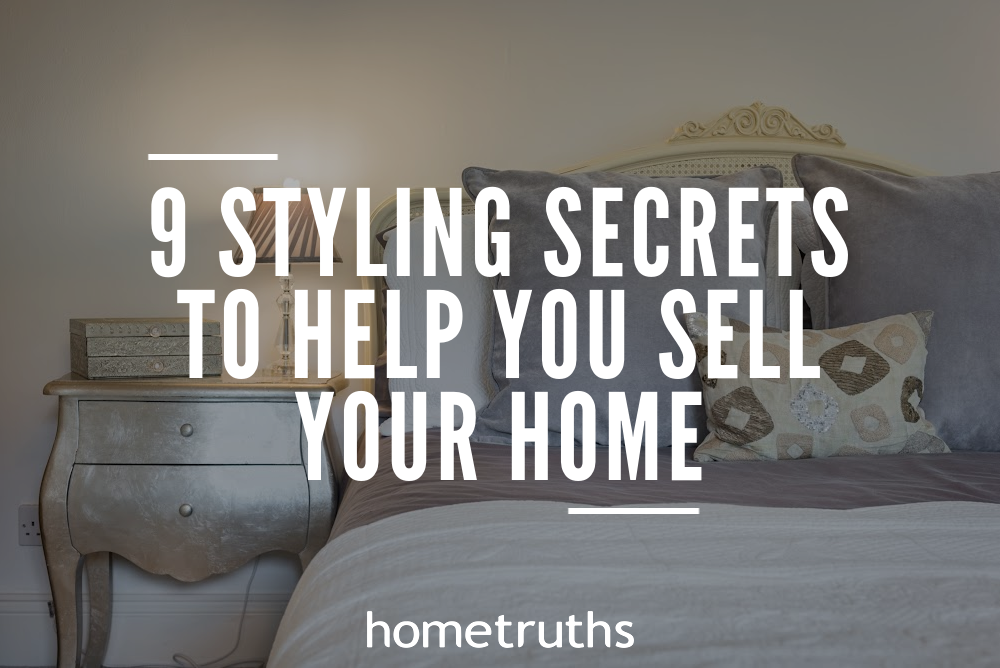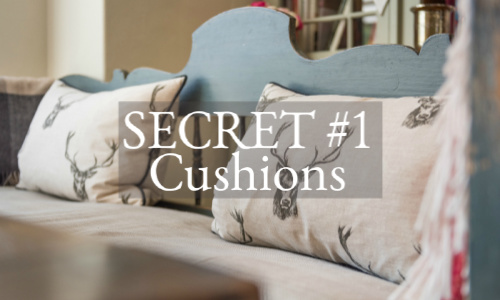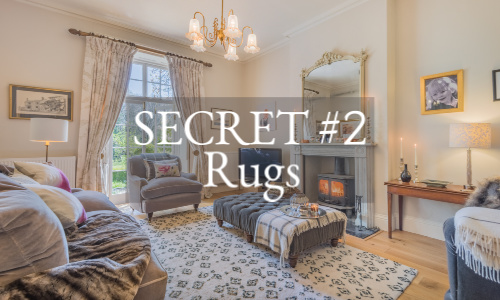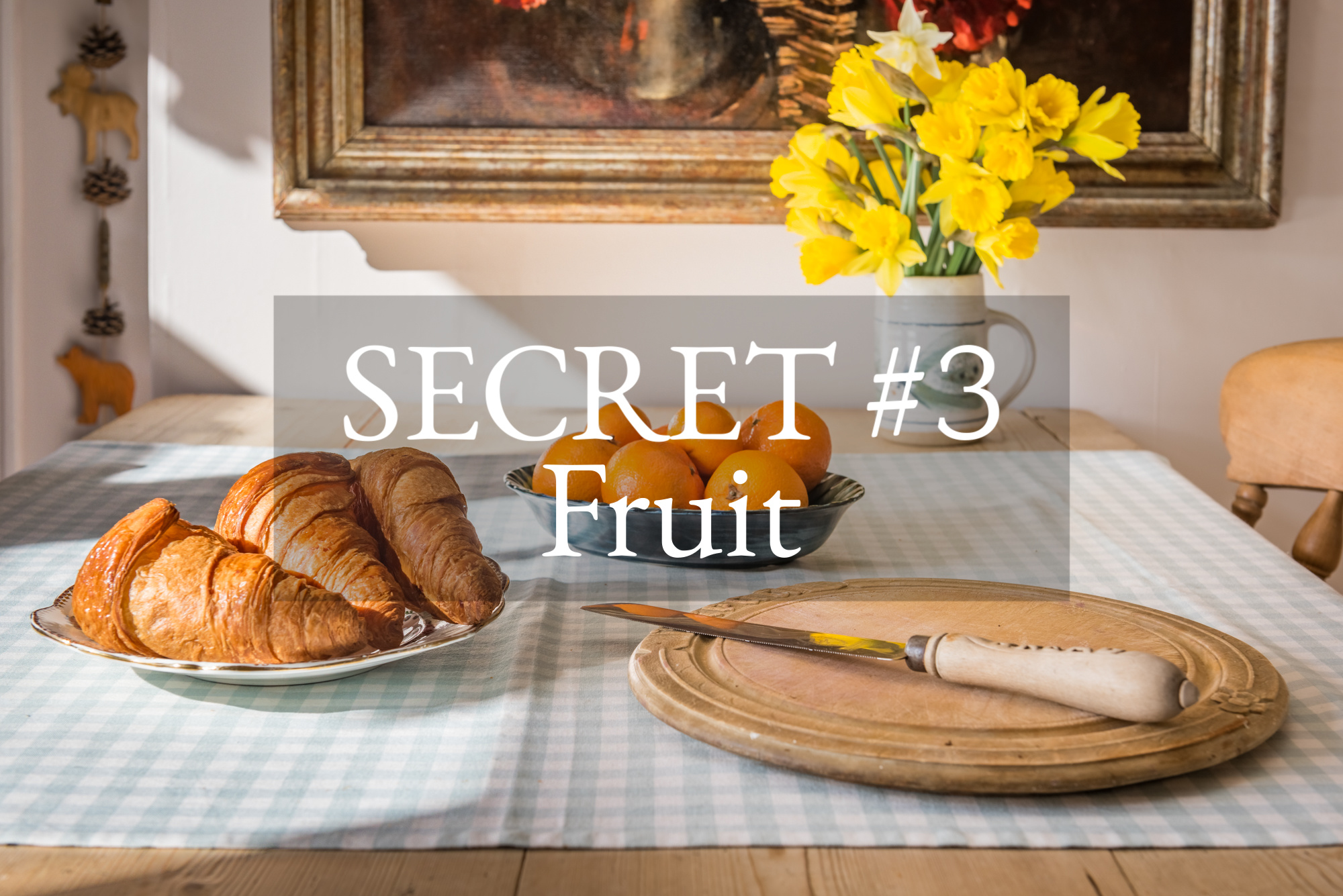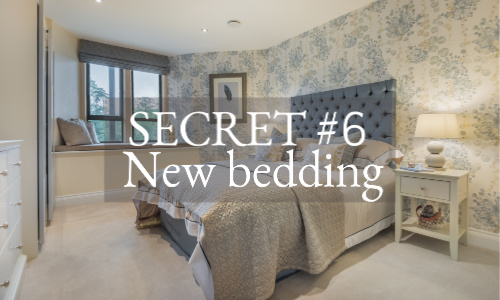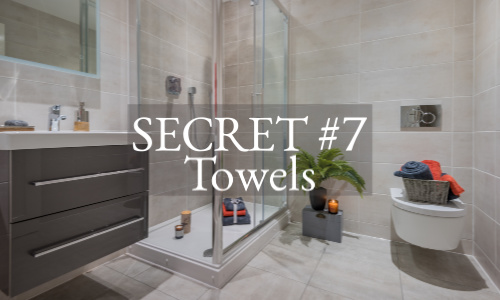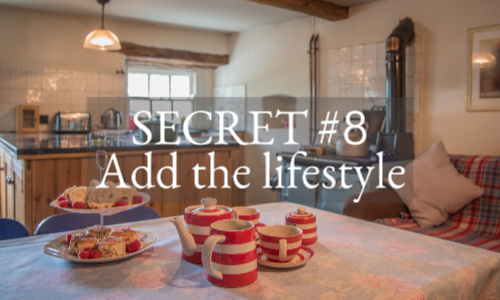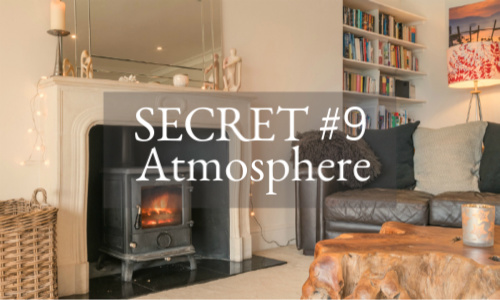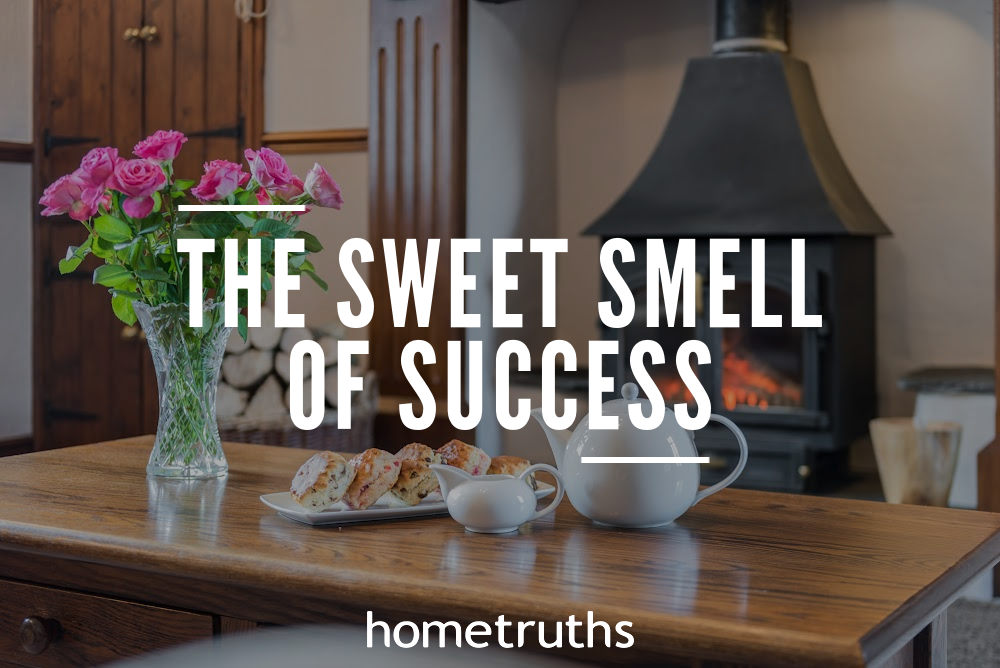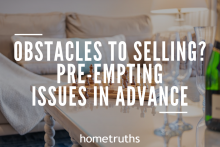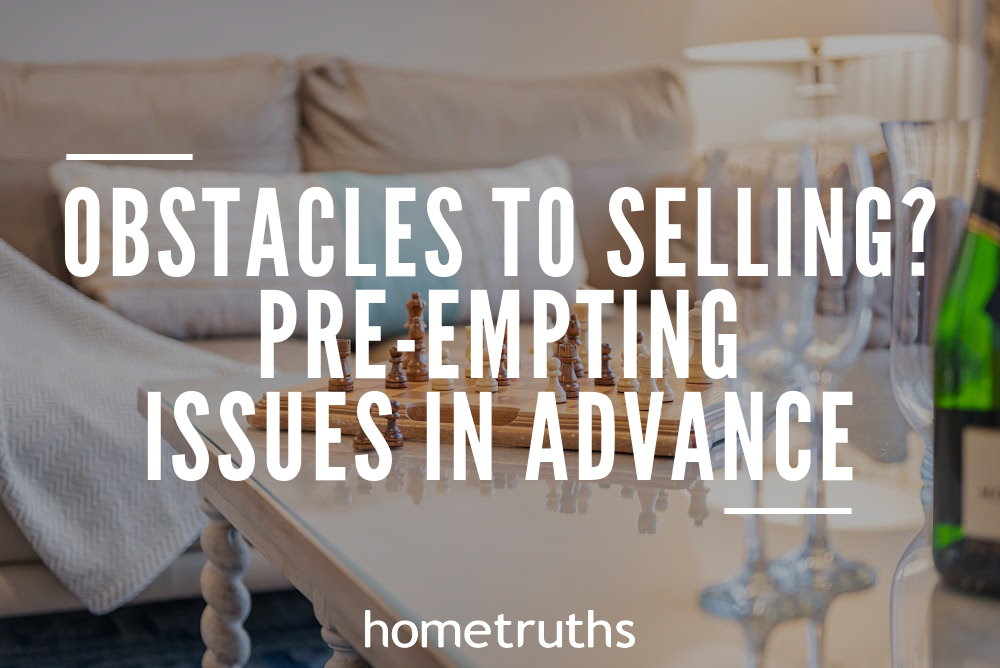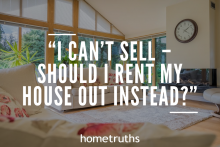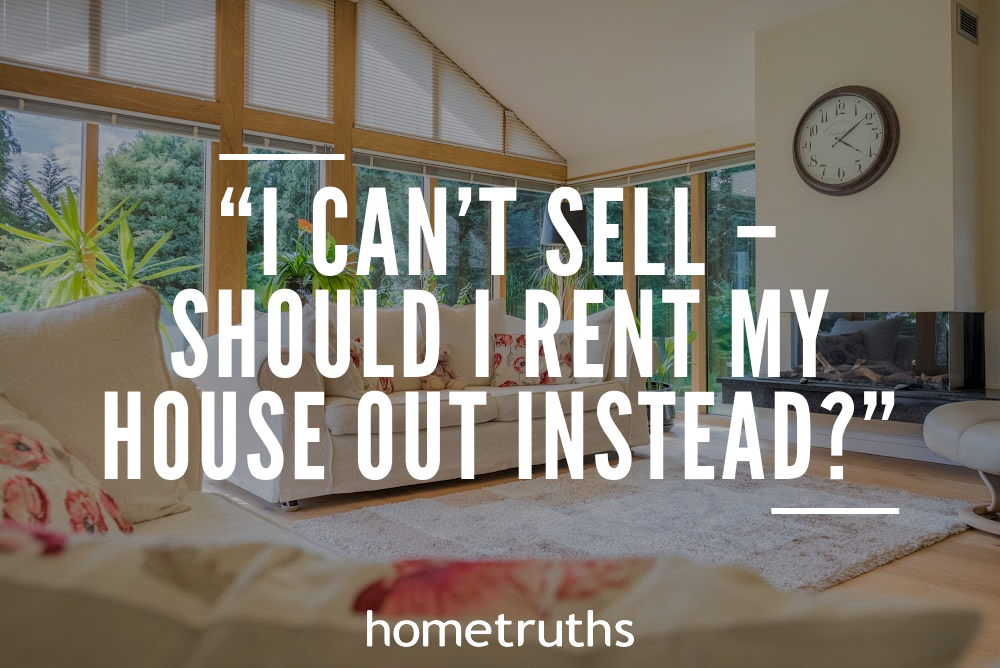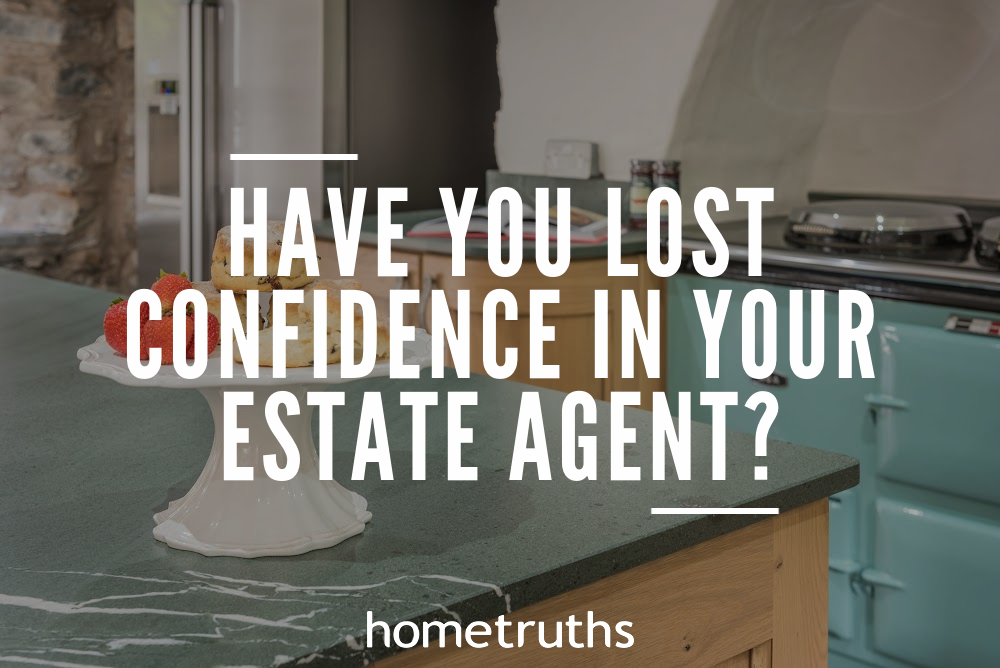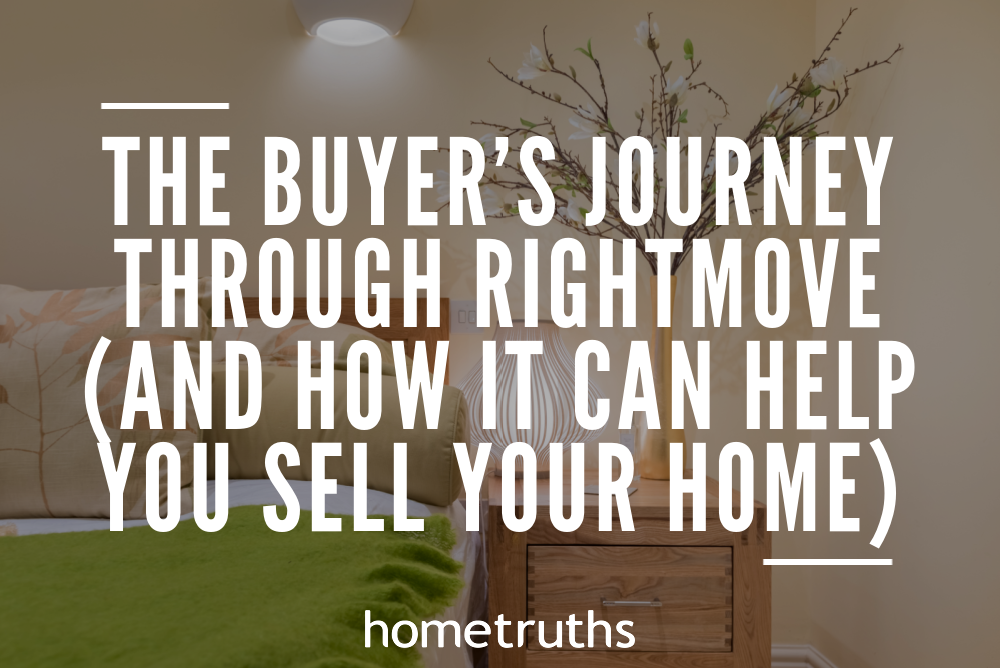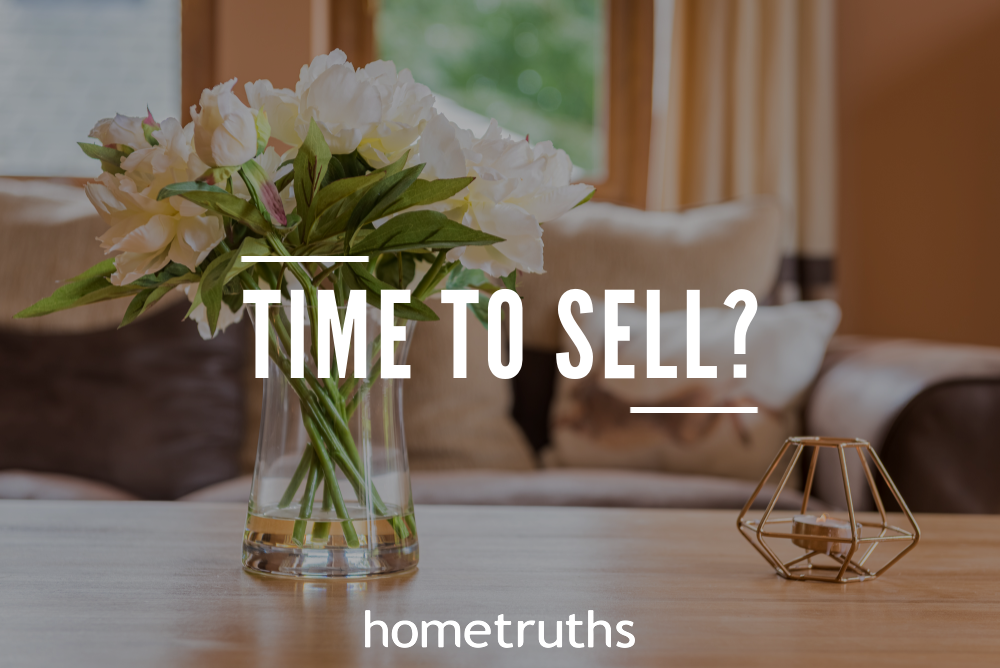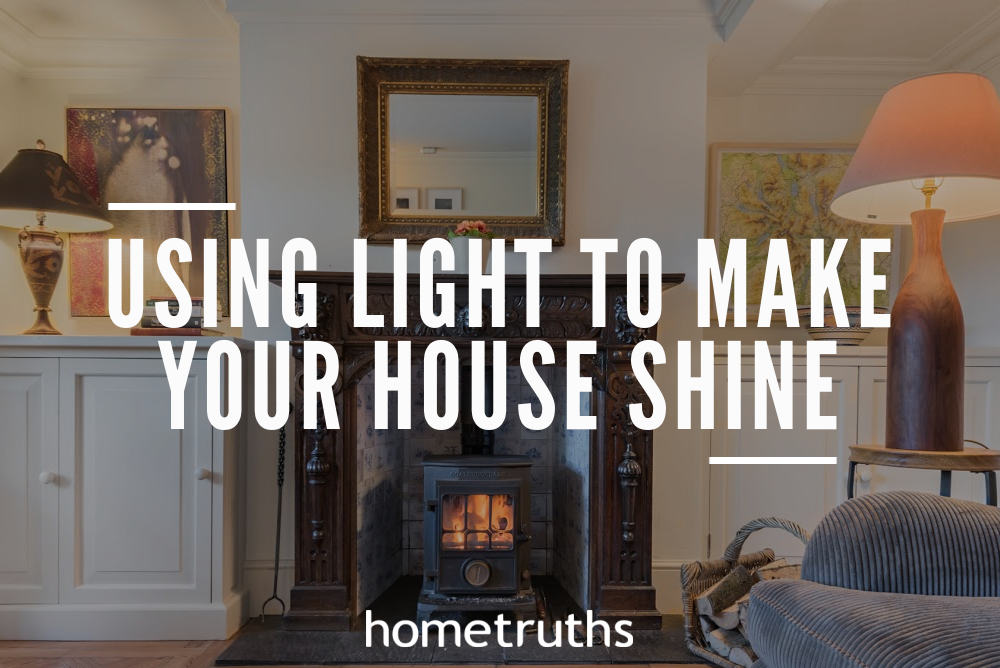While your home might be flawless in your own eyes, there are certain things that can instantly put buyers off. We aren’t talking furniture or dodgy décor (although, try to modernise if possible), but aspects of the house that can turn a nose up in a second. With this in mind, we have put together our tips- six things to look out for, before the buyers descend…
Bad Smells – Even if your home resembles something from Good Housekeeping’s most desirable homes pages, if there’s a whiff in the air, the buyers are going to care. House smells are top of the list when it comes to putting buyers off. Smells range from cigarette smoke and pets, to mould and mildew lingering in the air. Unfortunately, noses become accustomed to certain smells over time, so ask someone who doesn’t live in your home to smell the air. Don’t be offended if you don’t like the answer; they’re helping you out. Get rid of any bed smells so potential buyers come in to a fresh and clean atmosphere, not one that is filled with spray to cover the smells.
Unclean bathrooms – The bathroom is one of the most important rooms that people like to keep clean. A bathroom can make people dislike your home immediately if it isn’t spotless; if the bathroom is grubby and has mildew, they will wonder what other dirt lurks beneath the surface of your property. Extra cleaning is a must if you want to sell your home. Scrub your bathroom to perfection, paint the chipped walls, put in a new rug and fresh towels, and buy a clean shower curtain. Open the windows when buyers are looking around to let in some fresh air.
Damp Rooms – If you have a basement and don’t use it as a functioning room, you may experience some damp issues. Often it is caused by rainwater seeping into the foundations, and doesn’t necessarily mean you have a fault within the grounds. However, buyers won’t see it like this. If they smell damp, they think cost, or a delay in moving in while the damp is removed. Or even worse, recurring damp problems. This is a red light. To remove damp smells, determine where any water from outside is going. The smell could be caused by the drains being clogged, or rain gutters full of leaves. Investigate and resolve, or lose a sale.
Kerb Appeal – Your house needs to look good from the outside. The front needs to be edging on picture-perfect; not only does it paint a good impression of the owners, it puts potential buyers in positive spirits before they have stepped in the door.
The stalker seller – When people come to have a good look around your home, they often prefer to have a good old mosey around without you following them. Yes, it makes sense to be at least a few rooms away in case they have questions, but leave them be while they wander. They need personal space to chat things through with their partner or agent, and if you’re there, they might not feel comfortable. Let them nit-pick at details with you out of the room. If you hear them talking about changing ‘this, that and the other’, this means they like your home and are already considering how to add their stamp.
Lighting – Even if your rooms are tidied to each corner and crevice, if they’re dark and unlit, they can be a turnoff and give the wrong impression of the room. Remove heavy curtains that prevent light getting into your rooms, and turn on lamps that give the room a homely feel. If a room has dark wallpaper or paint, consider giving it a repaint to make it feel fresh; white works wonders.
By making such small simple steps, you will be presenting your potential buyers with a home that will delight them from start to finish. Look at your home before any viewings begin, and see what you can change; it will be worth it when a new family are signing on the dotted line.
If you’d like my help to sell your home more effectively, please answer a few short questions here and if I think I can help you, I’ll be in touch.



